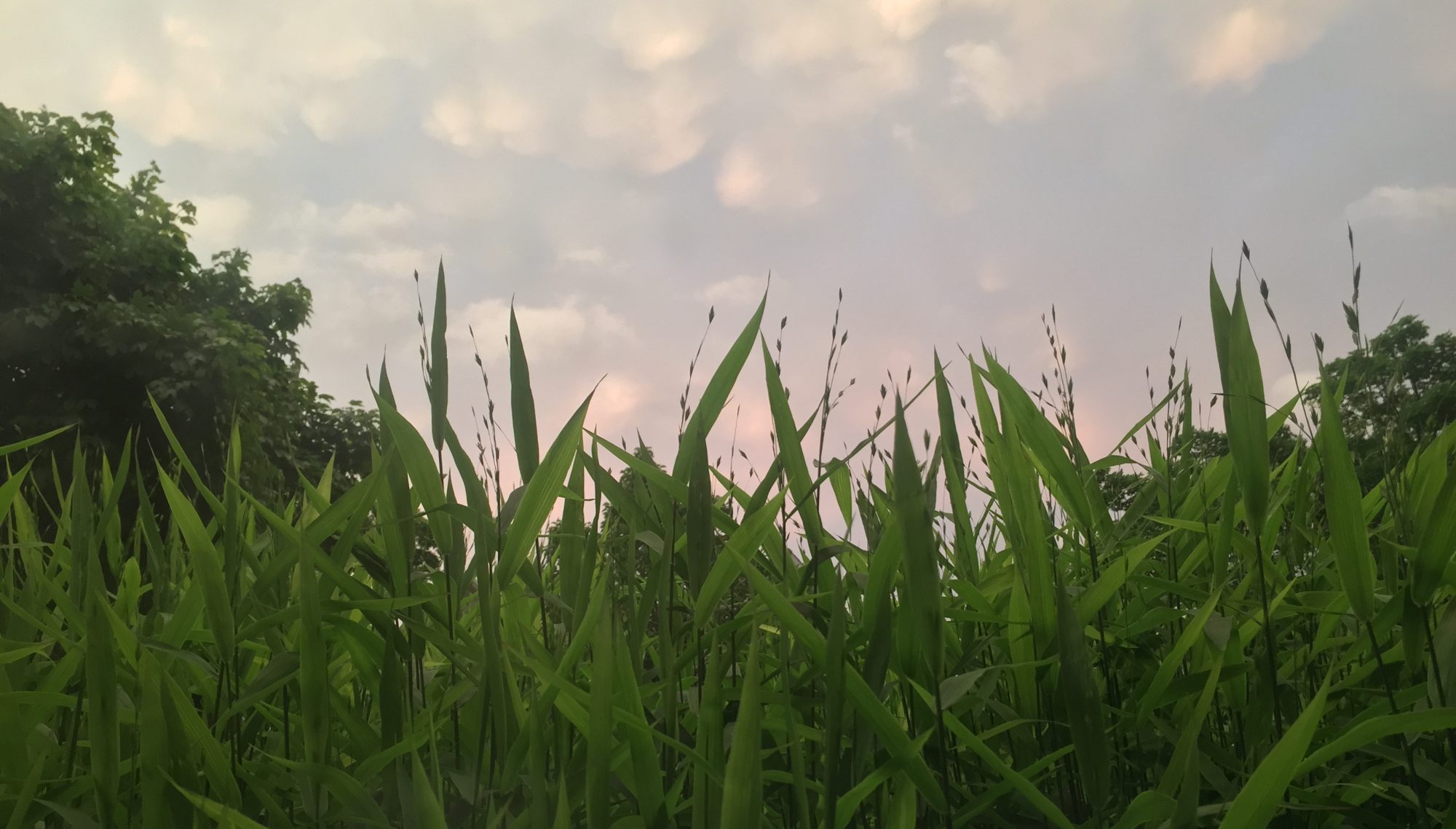One of the many tasks that the modern web professional often finds themselves responsible for is what is known in the business as “user experience,” or UX. While those of us who design websites often tend to think of UX as pertaining specifically to one’s experience with a website’s interface, the godfathers of UX and usability, Don Norman and Jakob Nielsen, propose a more encompassing definition: UX, they write, “encompasses all aspects of the end-user’s interaction with the company, its services, and its products.” I recently had two experiences that focused on companies’ websites but highlighted how a website should (or should not) tie into the users overall experience of the company.
The first experience was with a company that not a few people seem to love to hate, Comcast. We had had a lot of problems with our internet service going out, often multiple times a day, and the only way to fix it was to disconnect and reconnect the cable box. We had multiple service calls to address the issue, none of which seemed to actually fix the problem. When the tech failed to show up at one of these service appointments, and Comcast’s idea of how to make it up to us was to give us a coupon for a free on-demand movie that turned out to be expired and was never honored, I was about ready to switch to the only competition in our area, AT&T’s U-Verse. But the holidays were approaching, it seemed like a hassle to switch, and eventually the internet problems seemed to mostly resolve themselves through no apparent intervention by the company.
At that point I was ready to stay with the devil I knew, so when we finally upgraded to an HD TV, I went on Comcast’s website to add HD service to my package… and that’s when their website lost them a customer. Having logged into my account on Comcast’s website, I clicked “upgrade my services,” and was shown a list of available packages. After doing some comparisons between them, I chose one to order. I was then required to live-chat with a customer service rep who would, I was told, ensure that I understood the terms & conditions of the package I’d chosen, etc. As it turned out, the rep informed me, I was not eligible to order the package I had chosen, which was only for new customers. “Then why,” I asked the rep, “was it displayed to me as an available choice?” “Because the website only knows where you are, not whether you’re already an existing customer,” he told me, despite the fact that I had clicked “upgrade my service” from within an existing account. He then proceeded to list a number of packages for which I was actually eligible, but the whole process had already taken 45 minutes and I no longer had the time or patience at that moment to sort through another set of fine print. So I signed off the chat, figuring I’d come back later and do the whole thing over again; when I signed off, however, a customer satisfaction survey popped up. Feeling distinctly dissatisfied, I decided to fill it out and clicked ok… at which point the thing threw a database error, and I clicked over to the U-Verse site and signed up for installation.
Compare that with a recent experience with Grubhub, a site I probably patronize too often for my own good. The site usually works so flawlessly that I almost never have any reason to interact with their customer service, but when I noticed that we no longer appeared to be within the delivery area of one of our favorite Thai restaurants on GH, even though we were well within the are described on their website and could still order delivery via a number of other online services, I opened a live chat with their customer service. Their rep was in many ways the complete opposite of the Comcast rep I had chatted with; he “spoke” in real language, as opposed to Comcast’s carefully scripted and insincere-sounding responses (“We understand your frustration and are sorry for the inconvenience,” etc.) and just generally seemed like an actual human being, while the Comcast guy might not have actually passed the Turing test. It turned out that Grubhub couldn’t help me—only the restaurant can change the delivery area in Grubhub’s listings—but the experience was such that I’m willing to call the restaurant to request that they update their Grubhub delivery area.
Think about that: my experience with the Comcast website and customer service lost them a customer, while with Grubhub my experience has been such that I am willing to do work for them—to help them make more money—for free. It may well be that this is simply a matter of scale: Grubhub is still new, relatively small, and nimble, while Comcast is a bloated former near-monopoly likely trying to integrate dozens of legacy systems, but the fact of it is that providing a positive user experience is at the core of what Grubhub does, rather than something tacked on after the fact, and that this can make all the difference in keeping or losing a customer.
